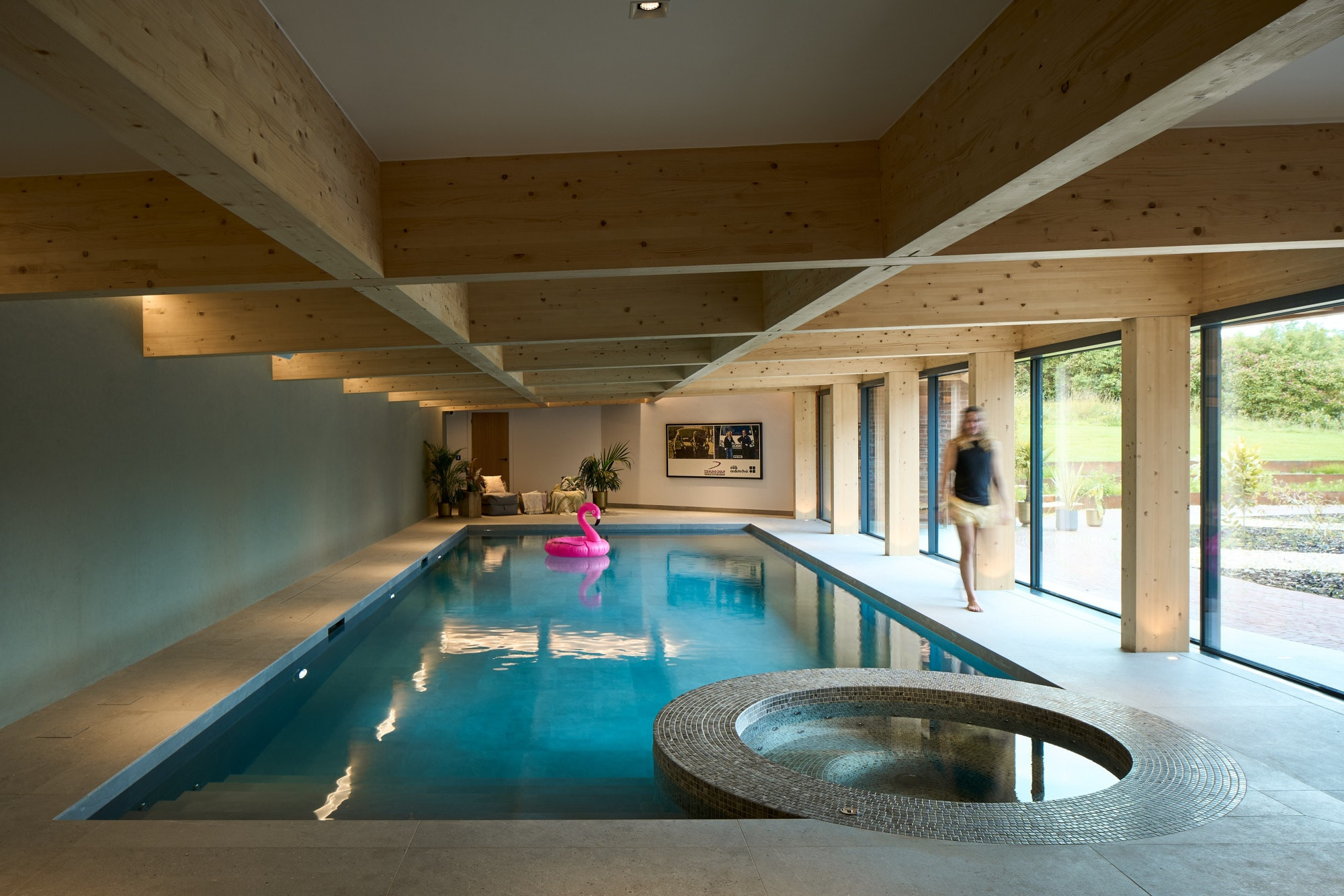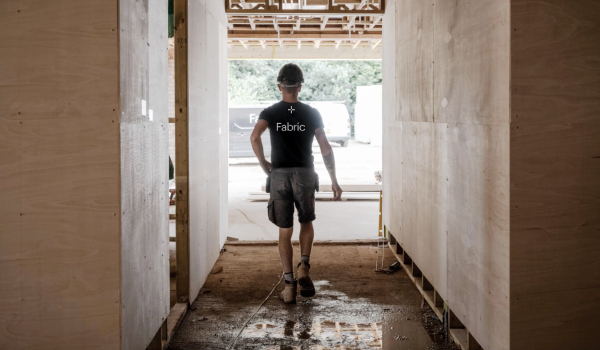 Back to Journal
Back to Journal

News - August 2023
Building a Sustainable Future: A Guide to Eco Friendly Housing Solutions
As the planet grapples with environmental challenges, the concept of sustainability has become more than just a buzzword. In the United Kingdom, approximately 40% of all carbon emissions are attributed to the housing sector, encompassing the construction process, building materials, and ongoing energy consumption. For this reason, building a sustainable future requires a fundamental shift in the way we approach housing.
This blog will look at what modern eco-friendly housing is, what it entails, its myriad benefits, how it is constructed, and how you can implement sustainable building materials within your home.
What Constitutes As An Eco-Friendly Building?
The practice of eco-friendly building, also referred to as green construction, focuses on minimising environmental impact through energy efficiency, water conservation, the use of renewable materials, and the integration of natural elements.
Energy efficiency is achieved through a number of ways, the most effective including insulation, energy-efficient windows, solar panels, and efficient heating systems. Sustainable and non-toxic materials, such as recycled steel or reclaimed wood, are favoured, and locally sourced materials help to reduce transportation emissions.
Incorporating passive design techniques like optimising natural light exposure, minimises the need for artificial lighting.
Eco-friendly building embodies a comprehensive approach, creating healthier living spaces and contributing positively to a more sustainable future.
The Benefits of Eco-Friendly Housing
The most obvious and biggest benefit of a modern eco-friendly house design is the significant positive impact on the environment, using sustainable materials and energy-efficient design to reduce the carbon footprint. Eco-friendly building often translates into lower operating costs, as solar panels, insulation, and smart technology reduce utility bills and reliance on non-renewable resources.
The health benefits are notable too, with cleaner air and fewer allergens, courtesy of proper ventilation systems and low VOC (volitile organic compounds) materials. The rise in demand for green buildings has also fostered job creation in the fields of renewable energy, green manufacturing, and environmental consulting.
How an Eco-Friendly Home is Constructed
There are three key components to the construction of a modern eco-friendly house: the location and layout, the materials, and the energy-efficient designs.
With sustainability in mind, the choice of location and footprint layout should look to maximise natural light and ventilation, all the while considering and mapping the relationship of sun paths on the property throughout the year. In addition to this, selecting sustainable materials like reclaimed wood or natural stone, along with low VOC paints, helps to minimise environmental impact and improves indoor air quality.
High-quality insulation materials such as cellulose or wool are a must for energy efficiency, as they maintain optimal temperatures without heavy reliance on heating or cooling systems. And the integration of renewable energy sources, such as solar panels, can significantly cut electricity bills and promote a self-sustaining home.
How Eco-Friendly Building Materials Can be Implemented Within the Home
As both architects and interior designers, we recommend doing some research and look for reputable brands to ensure products meet environmental standards. Opt for natural, renewable materials such as bamboo or cork flooring, recycled glass countertops, and low-VOC paints. Energy efficiency is crucial, so choose appliances with high energy ratings and LED lighting to minimise electricity usage.
Fabric and Design’s Holistic Approach to EcoFriendly Projects
Passionate about creating beautiful, sustainable spaces, Fabric Design and Build architects oversee any project, from architectural to interior design. We are based in Solihull, Birmingham, and provide a wealth of professional advice, bespoke architectural design, and high-quality builds.











